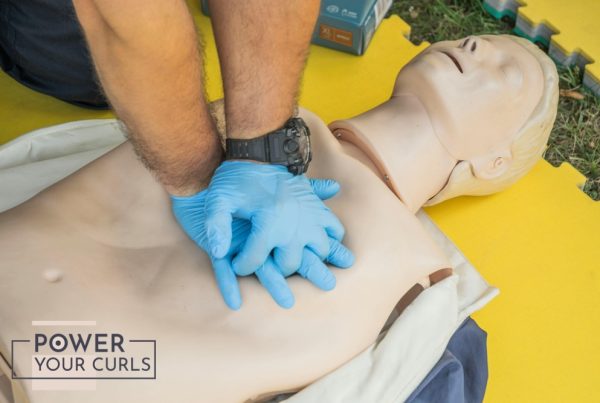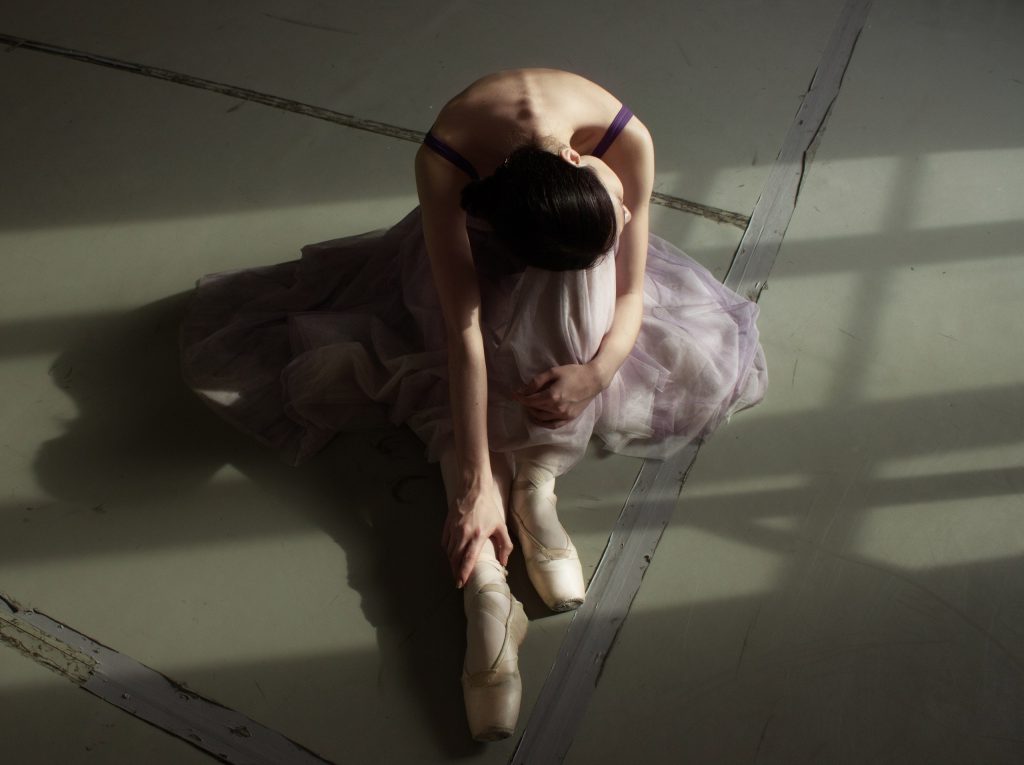
Looking from the sidelines or the audience, watching ballet dancers is an experience. Seeing the grace and weightlessness of the dancers, they make it look effortless. Because of how they appear, it’s hard to perceive the practice of ballet other than easy.
In this article, we’ll look into what ballet dancers really do face on a regular basis. The hidden battle of these amazing ballerinas and ballerinas-in-training might surprise you. Be that as it may, how intense is the world of ballet to begin with?
How Intense Is the World of Ballet?
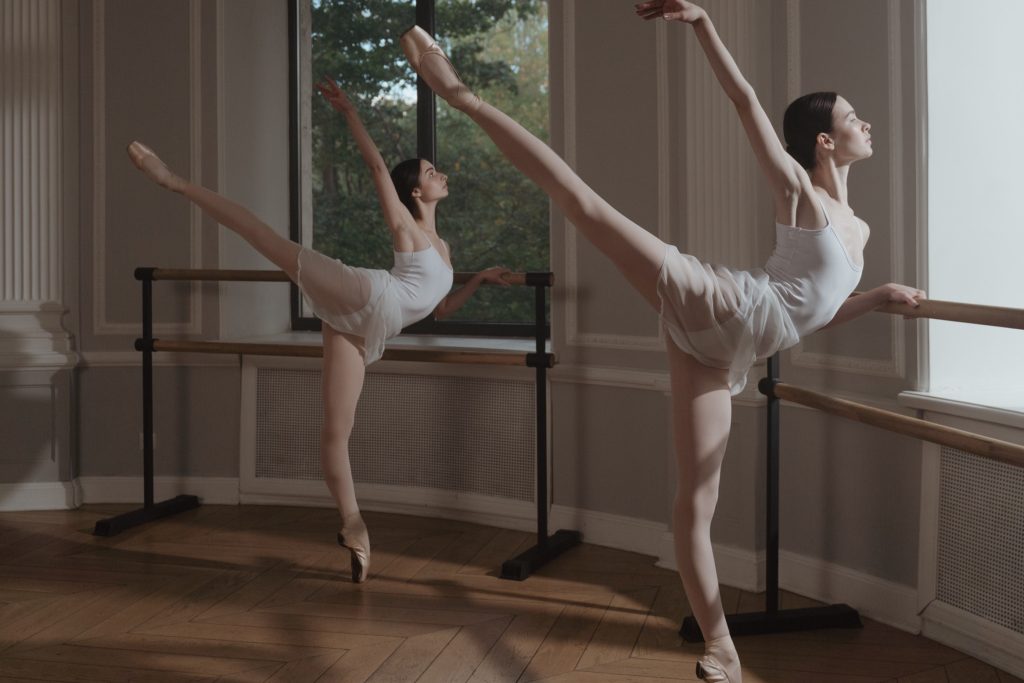
You might think that the most intense sport in the world is something that involves a ball or a fist. Quite the contrary. As early as the mid-1970s, a study was conducted by Dr. James A. Nicholas for the Journal of Sports Medicine. It ranked ballet as the most mentally and physically demanding sport. To put things in perspective, the next on the list were football and bullfighting.
Ballet dancers need to get used to their bodies being suspended in midair with perfect precision. Other practices that we see them endure quite impeccably involve a great amount of ankle, leg, and overall body strength. Posture and poise must be perfect at all times as well.
The other main factor as to why ballet is ranked number one in that regard is footwork. Prospective ballerinas need to dance for a couple of years first. The bones in their feet aren’t ready for the brutal work when they’re just beginning to harden. Only by the age of 14-15 years old do they get the chance to practice something called the pointe technique.
The Pointe of Ballet Dancers
The key elements of any ballet dancer’s career, and what everybody associates with them, are their technique and ballet shoes. Particularly, the pointe. It’s used in various ways, such as on pointe, pointe work, but they’re known for the distinctve pointe shoes.
Pointe Technique
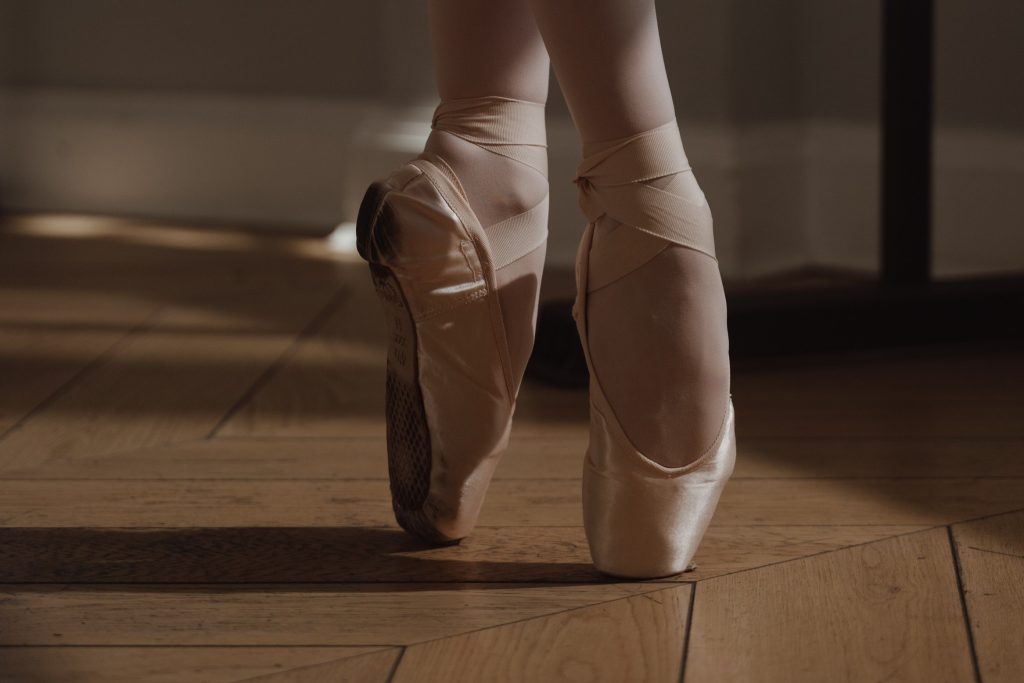
The pointe technique is iconic in the world of ballet, and the most infamous. Dancing en pointe is the reason why dancers seem to be floating on air while they’re onstage. This illusion is what makes every step of ballerinas as graceful as possible which takes years to perfect.
Using the pointe shoes, ballet dancers perform their dances literally on the tips of their toes. Their feet should be fully extended, making them shift their whole weight on these small points. The technique has to be right for the alignment to be flawless.
Pointe Shoes
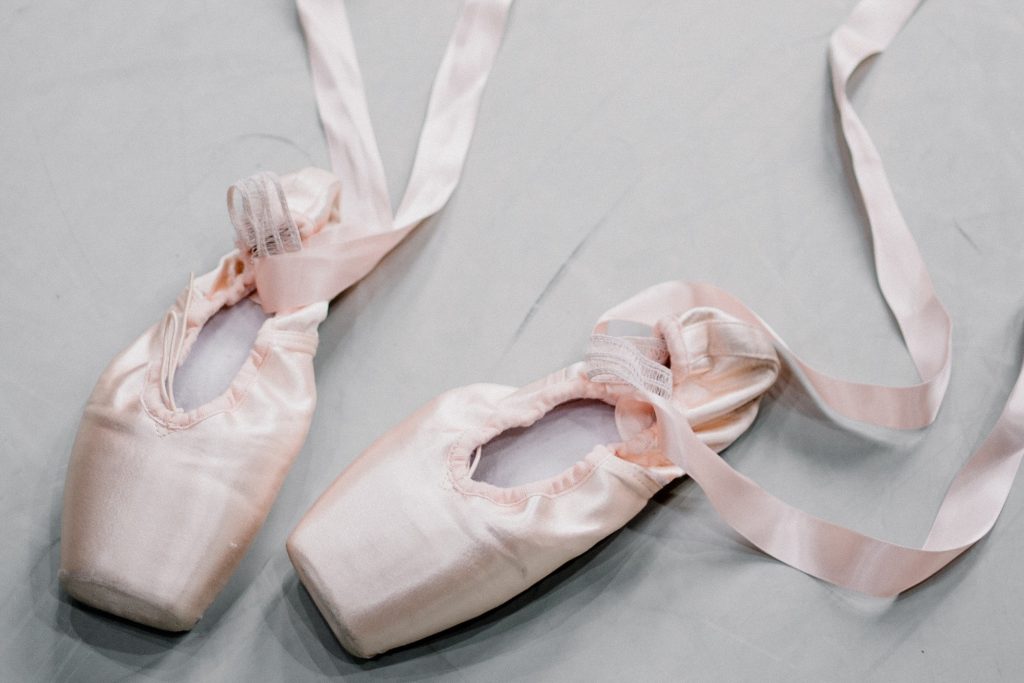
Pointe shoes are made to be sturdy. Each pair has layer upon layer of cardboard, hard paper, and fabric. Even though the fabrics used for ballet slippers are cotton, leather, and satin, they’re not the most comfortable.
A pair of pointe shoes are specifically made for the dancer. It’ll only fit them and no one else. Once they get their shoes, it’s still not ready. Ballerinas have their own routine when breaking them in. They cut them up, tape them, and shove in other materials like lamb’s wool to make the pair wearable for their feet.
Pointe Injuries
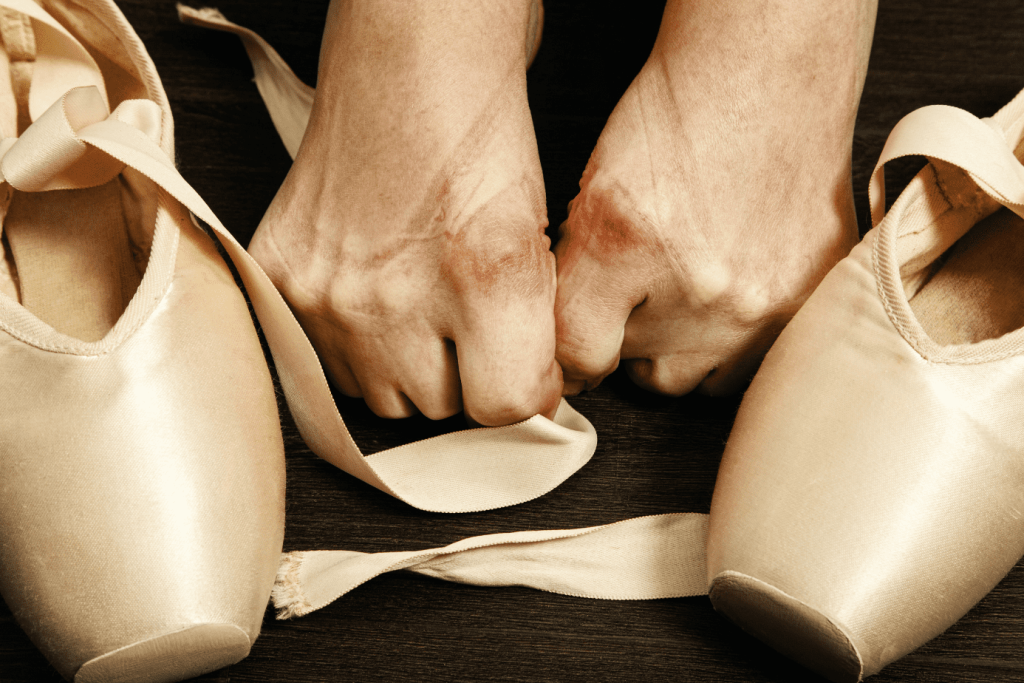
The intense start of pointe work while the ballerinas are getting used to pointe shoes may lead to Achilles tendinopathy. This is especially true for young dancers who still have underdeveloped muscles and techniques. One wrong plie or overburdening yourself with too many improperly-executed releves might lead to this inflammation of the Achilles tendon.
As for stretching, it’s vital for the game and for health purposes. Ballet dancers need to stretch their feet properly. Otherwise, they can be prone to plantar fasciitis. It’s the inflammation of thick tissue attaching the ball of your foot to your heel, which is the plantar fascia.
Other Common Injuries Ballet Dancers Face
The rigorous and lifelong practice of ballet can lead to a lot of overuse injuries in the long run.
Overuse injuries are the types of damage that sports players can get when they strain a part of their body. Also called overtraining, this microtrauma can be found in a ligament tendon, muscles, or even bones.
Here below are the other overuse injuries ballet dancers could potentially have:
Ankle Injuries
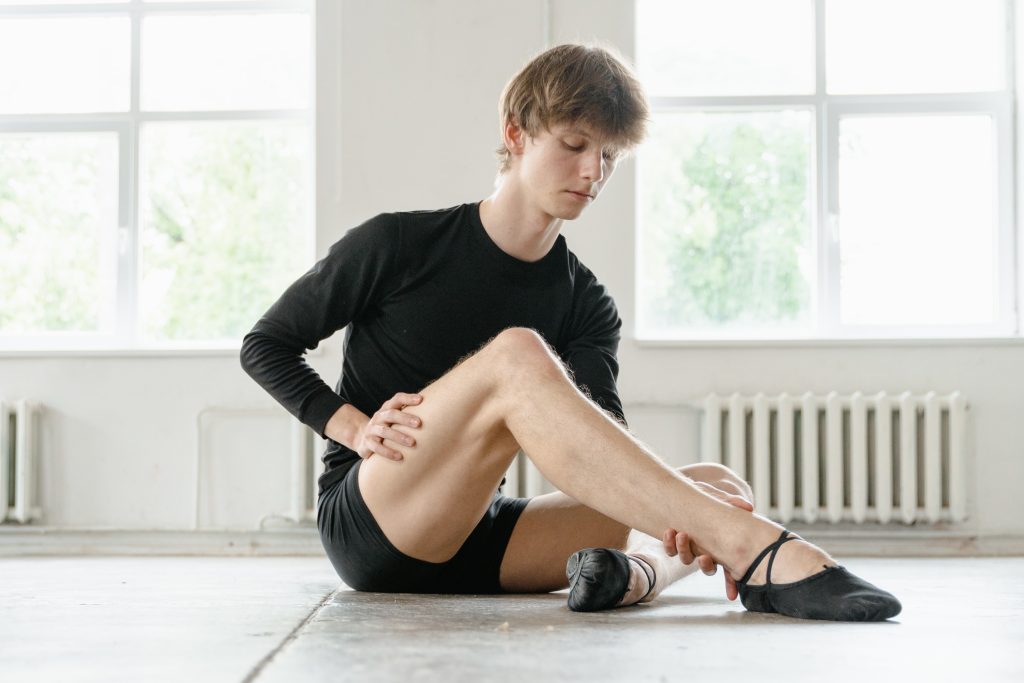
When dancing en pointe, dancers are at risk of ankle sprains when they turn inward too often or hard. Acute ankle sprains are the most prevalent when it comes to ankle injuries in ballet, along with patellofemoral pain syndrome.
Also called runner’s knee, patellofemoral pain syndrome is felt around the kneecap (the patella) and in front of the knee. Meaning, it does fall under knee injuries as well. The pain happens more often to people who jump and run in various sports activities, like ballet.
Knee Injuries
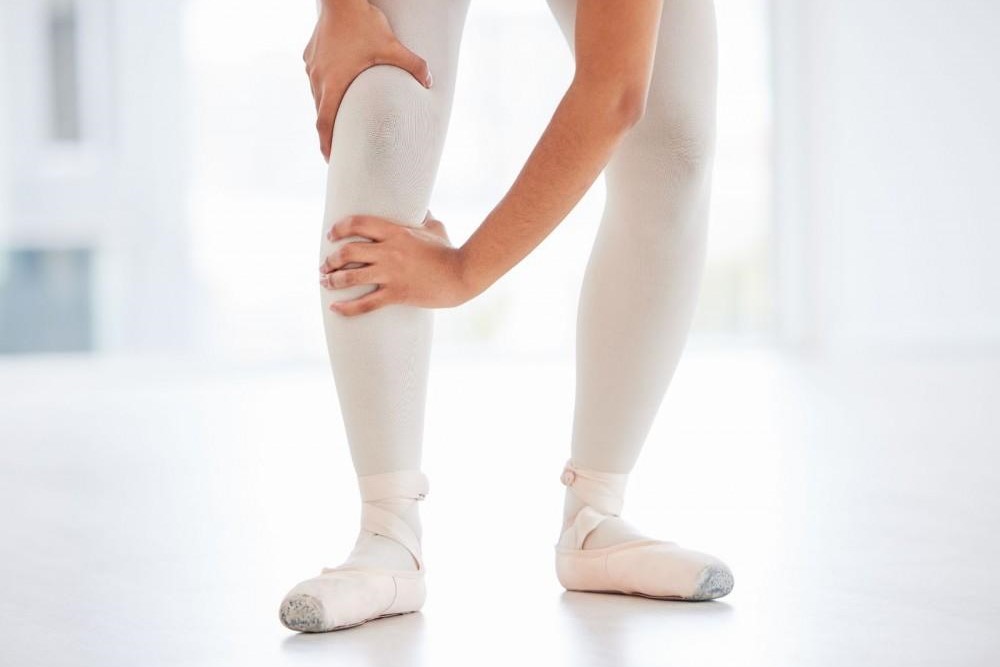
Another overuse injury involved in ballet is patellar tendonitis. Also involving the patella, and the tibia (the shinbone), it’s a pretty straightforward knee injury. When the dancer jumps too often, it can inflame the patellar tendon. In turn, it causes knee pain when it does.
A dancer’s knees can also experience pain if the cartilage behind their knee starts to thin. This condition called patellofemoral pain syndrome is due to the pressure from too much jumping and bending like in ballet. As for hyperextending their knees, this could lead to knee sprains or even stress fractures.
Leg Injuries
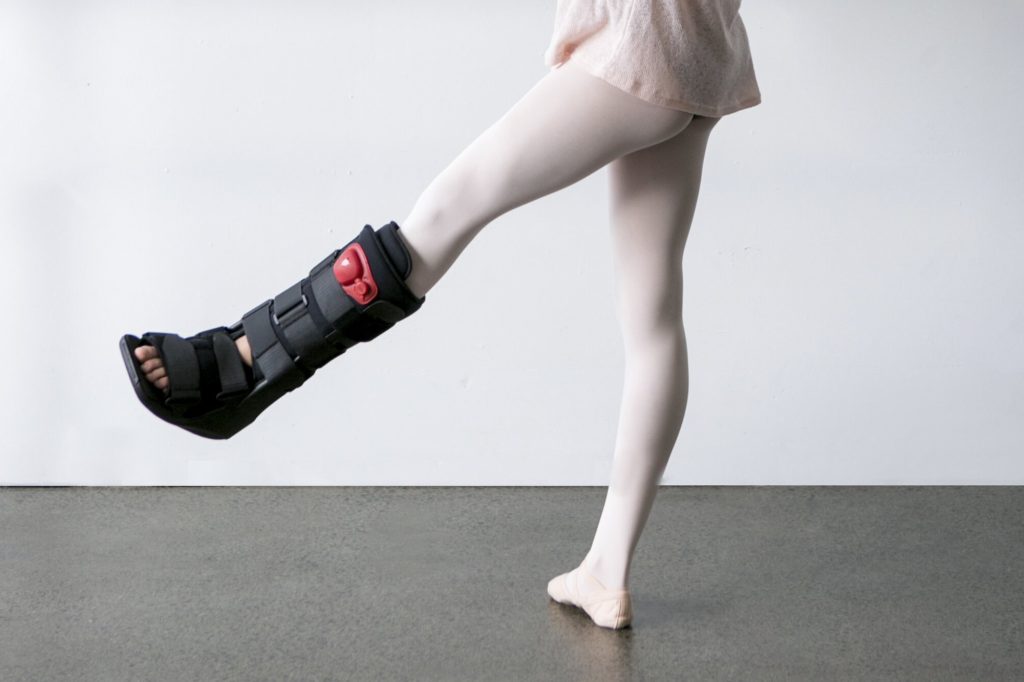
Apart from their feet, dancers get their legs by rigorous training and hard work. Sometimes, they can get a little overboard. Since ballet dancers jump great heights as part of their basic practice, they should be wary of doing too much. Stress fractures are likely to happen.
Stress fractures can appear in both the upper and lower leg bones. They’re still more common in the lower leg area (fibula and tibia) instead of somewhere lower (femur). Nevertheless, not allowing bones to have adequate rest may lead to more problems along the way.
Hip Injuries
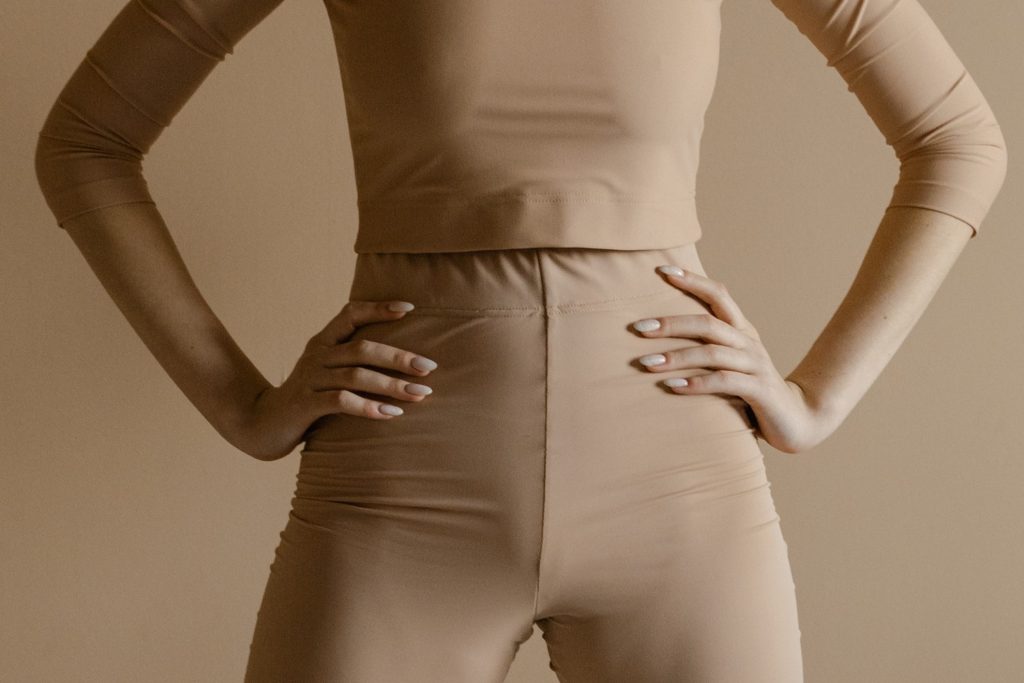
If a dancer potentially hears or feels a tendon snap near their hips, it could be snapping hip syndrome. Also known as labral tears or dancer’s hip, it’s a tear in the soft tissue surrounding the hip socket (labral). It is followed by sudden pain and hip rigidity. Other conditions that can occur are hip impingement, hip bursitis and hip flexor tendonitis.
Hip bursitis is the inflammation of the bursa due to repeated use or stress. Hip flexor tendonitis is a bit different. It’s the inflammation of the hip joint and its surrounding tendons when a dancer lands wrong. As for hip impingement, it involves the damage of the cartilage between the hip cup and the hip ball.
Back Injuries
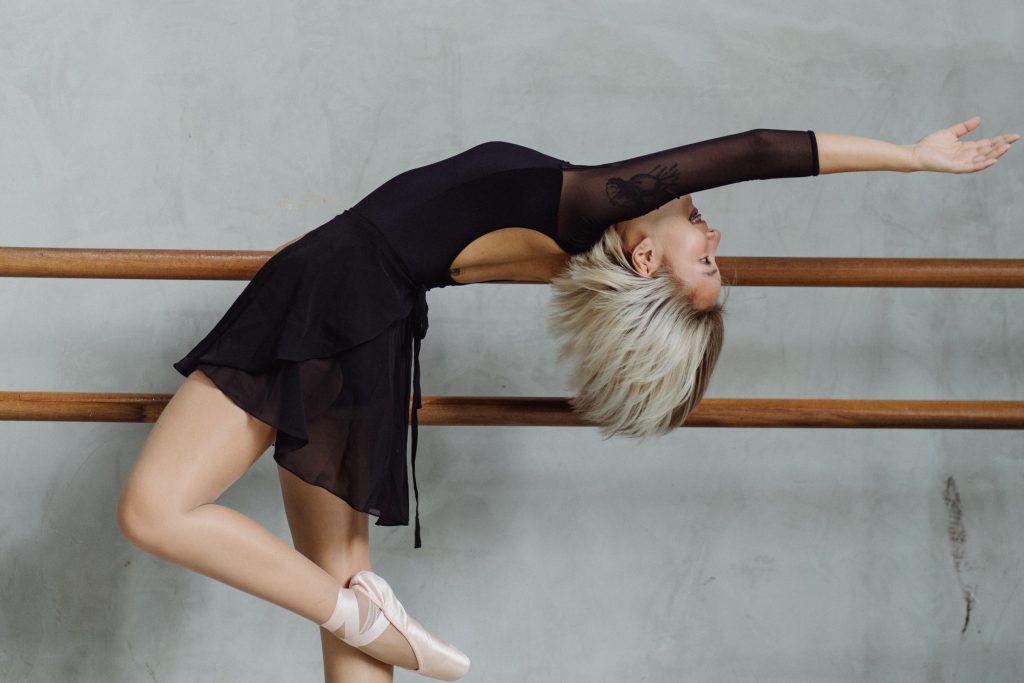
Ballerinas need to look impeccable in any form with the perfect posture. They need to execute them in the right way to do so. If not done correctly for a significant amount of time, it can lead to mechanical LBP or low back pain. Moreover, it could affect the vertebrae permanently.
Too much repeated stress in the thin segment of bone joining 2 vertebrae in the lumbar area is not good. It’s called the pars interarticularis, and it could end up being spondylolysis if left untreated. It could also be from sacroiliac joint dysfunction or the improper movement of the small joints at the spine’s base.
General Injuries
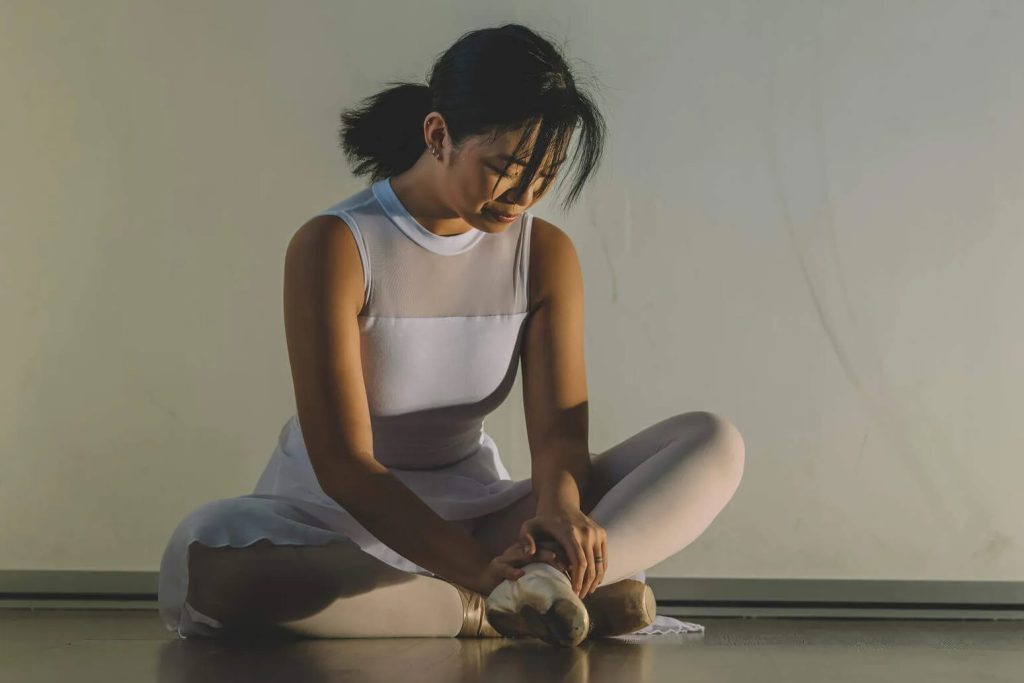
Due to the lifelong commitment ballet dancers have for their careers, it has its downsides. As it turns out, dancers with rough and repeated routines are far more likely to have arthritis. It can happen during or after their time as professional dancers. General arthritis can happen in the foot, ankle, hip, and/or knee.
Apart from that, ballet dancers are also prone to stress fractures. Of course, stress fractures can occur in various places in the body. For ballerinas in particular, it’s most likely to happen in their lower legs (tibia and fibula) and feet (metatarsals).
In Conclusion
You’ll only see the real struggle of ballet dancers behind closed studio doors. They deal with so much training and pressure that everything builds to a crescendo. It’s the number one most demanding, physically and mentally, sport worldwide, after all.
All that practice will make any ballet dancer seem perfect, but that’s just beneath the surface. Their footwork alone can make any seasoned athlete buckle without the proper training. Even when pointe shoes are made for pointe work, they’re still not the most comfortable things in the world.
From stress fractures to literal tears in a variety of tendons, overuse injuries are common in the world of ballet. A ballet dancer’s feet are the most susceptible. However, that doesn’t mean these conditions shouldn’t be avoided either.
It’s best to follow procedures up to a T. Our bodies are our temples. We should treat them that way. Stretch before every practice. Stay hydrated and rest whenever you can. Don’t overexert yourself. Always go to a medical professional when dealing with injuries or for further guidance.

